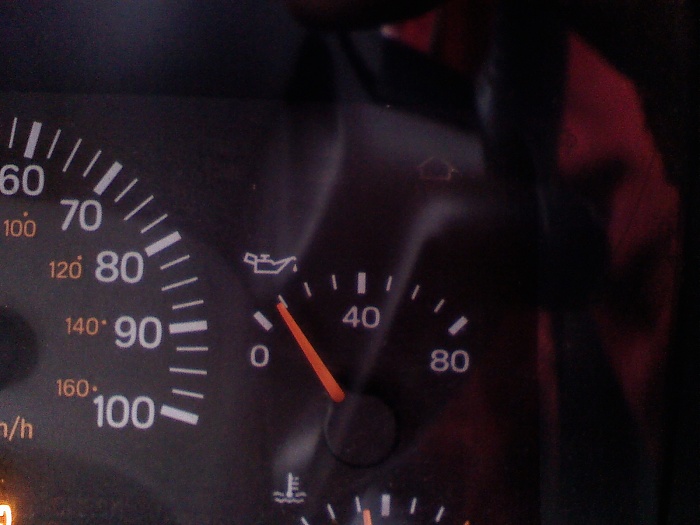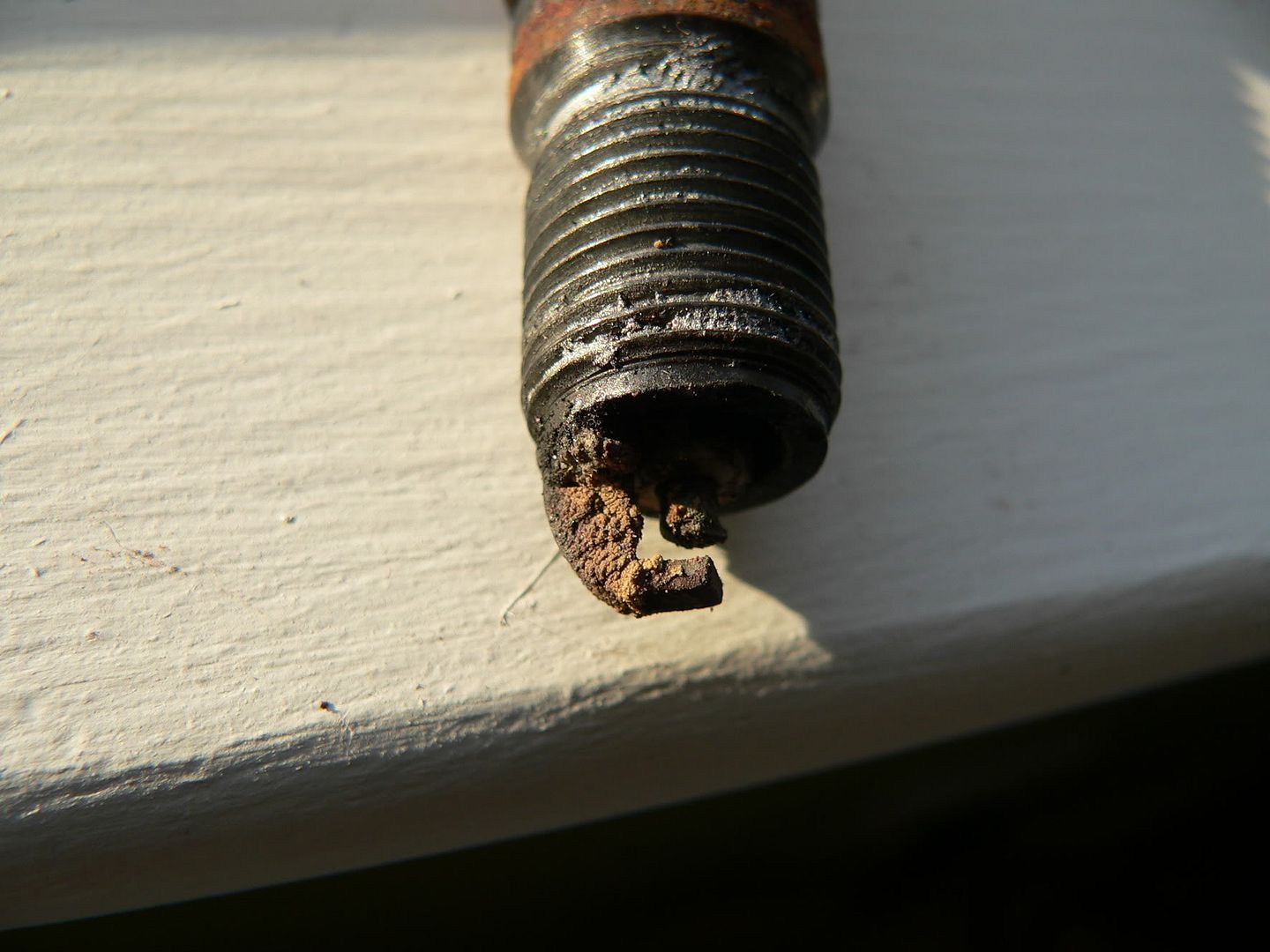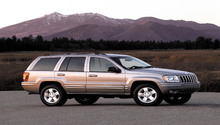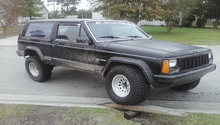Jeep Cherokee 2000-2001: Cracked Cylinder Head Information
2000 and 2001 XJ Jeep Cherokee models are susceptible to cylinder head cracking and loss of coolant. Several warning signs combined with a thorough cylinder head inspection can nip the problem in the bud before major engine wear occurs.
This article applies to the XJ Jeep Cherokee (2000-2001).
Cylinder heads that were cast around the year 2000 for various Jeep models, including the XJ Cherokee, are prone to cracking. The 4.0L engines equipped with a cylinder head casting number of "0331" are prone to having the cylinder head split and cause a host of reliability and driveability issues. Word of mouth is that the 0331 cylinder head castings suffered from a poor quality iron that was used to create a large batch of cylinder heads at the start of the new millennium, leaving a weak point that is susceptible to cracking. Subsequently, many Jeep models fitted with the 0331 head were having cylinder head cracking issues, many of which were replaced under warranty. In 2002, Jeep must have become aware of the problem and switched their cylinder head casting company to a new firm in Brazil, with newer heads being identified with the "TUPY" casting number. If you own a 2000 or 2001 XJ Jeep Cherokee and are having coolant loss, low oil pressure, or poor idle/misfire issues, it is possible that the symptoms are related to a cracked cylinder head. Read on for additional information and frequently asked questions related to a cracked cylinder head.
Component Breakdown
Cylinder Head
The cylinder head mates to the "deck" of the engine block to create a combustion chamber at each cylinder. The air/fuel mixture flows through the intake ports, past the intake valves and into the combustion chambers where it is burned. The exhaust gases are then scavenged from the combustion chambers via the exhaust valves, through the exhaust ports, and out into the attaching exhaust manifold.

Scheduled Maintenance
To prolong the life of a 0331 cylinder head, it is important to keep up on proper cooling system maintenance. Regular coolant flushes combined with a fully functioning water pump, thermostat, fan and radiator will prevent cooling system corrosion and engine overheating issues. That being said, there is an inherent design flaw in the 0331 cylinder head that has the potential to fail as the vehicle ages and mileage accumulates.
Related Articles
See related articles for cooling system maintenance:
- How to Flush Your Cooling System - CherokeeForum.com
- How to Replace Thermostat - CherokeeForum.com
- How to Replace Water Pump - CherokeeForum.com
- Why is My Radiator Fan Not Working? - CherokeeForum.com
- How to Replace Radiator - CherokeeForum.com
Common Questions
What year models are affected by the 0331 cylinder head?
Generally speaking, 2000 and 2001 XJ Jeep Cherokee models fitted with a 4.0L inline six cylinder engine came equipped with a 0331 cylinder head from the factory. In rare cases, individuals have reported that their 1999 XJ was also equipped with the 0331 cylinder head. It is highly likely that some of the very last of the 1999 models to role off of the assembly line were fitted with the 0331 cylinder head, but, by all reports, are few and far between.
What causes a cracked cylinder head?
The 0331 cylinder head has a flaw in the casting that leaves it with an inadequate amount of material to cope with the heat cycling that naturally occurs from the heating and cooling of the engine. Engines that have had overheating issues place additional stresses on the weak casting area to the point where it often fails. Many engines fitted with the 0331 cylinder head have lasted 100,000 miles without cracking issue, but are more prone to crack the higher the mileage on the vehicle.
What are the symptoms of a cracked cylinder head?
- Unexplained loss of coolant
- Low oil pressure with warm engine
- Poor idle or misfires
- No cabin heat
For additional information, see "Common Issues" below.
Where does the cylinder head crack?
The cylinder head often cracks between the valve springs of cylinder number three and cylinder number four. Removal of the valve cover can help to quickly identify a crack. Similarly, a severe crack can usually be spotted by looking through the oil filler hole in the valve cover. A small amount of coolant may be visible near the crack.

Can I use a sealer on a cracked cylinder head?
Unfortunately, sealer additives have not been successful in curing a cracked cylinder head. A cracked head can be replaced with an earlier year model cylinder head, 2003+ "TUPY" cylinder head, or aftermarket cylinder head with improved castings.
Can I keep driving my car with a cracked head?
While the car will often run with a cracked cylinder head, coolant entering the combustion chamber can reduce engine performance. Prolonged running of the engine with coolant mixed with the oil will cause deterioration of the bearings in the bottom-end of the engine. This will ultimately lead to costly engine repairs that can be avoided if proper action is taken to replace the cracked head.
Common Issues
Loss of Coolant
If your cooling system is regularly losing coolant, it is possible that you have a cracked cylinder head. Coolant will often leave crusts or deposits if the leak is external of the engine. If the cylinder head is leaking coolant internally, coolant can end up in the oil or vice versa, leaving a milky residue behind. Similarly, combustion may push into the water jacket and cause excessive pressure in the cooling system. Pressure testing the cooling system while monitoring the cylinder head can reveal coolant pushing through a hairline crack. Additionally, running the engine with the radiator cap off and monitoring for bubbling or foaming coolant can be indicative of a head crack. In any case, the biggest concern is if coolant is mysteriously disappearing out of the cooling system or is mixing with oil in one place or another.

Low Oil Pressure
Many owners who have had a leaking cylinder head end up with coolant in the crankcase. Coolant mixed with the oil can cause excessive wear on various bearings, including cam bearings, rod bearings, and main bearings (crankshaft). A sign of excessively worn bearings is low oil pressure. Normal oil pressure with the engine idling at operating temperature should be approximately 13 to 20 psi and should gradually increase with engine speed.

Misfiring
While not as common as the previously mentioned issues, a crack that extends into the intake port can allow coolant to mix with the incoming air/fuel charge and cause a misfire. If your XJ has been having a rough idle or seems as if it has only been running on five cylinders, a quick inspection of each spark plug can quickly identify a coolant fouled plug that stands out from the others.

Optional Replacement Heads
A number of replacement factory or aftermarket cylinder heads are available for those suffering from a cracked cylinder head.
- "0603" Cylinder head from 1995 to 1999 years models. *Requires matching hardware.
- "TUPY" Cylinder head from 2003+ 4.0L Jeep engines.
- Alabama Cylinder Heads.
- J&C Enterprises Cylinder Heads.
- Clearwater Cylinder Heads.
- National Cylinder Heads.
Related Discussions
- Best Cylinder Head - CherokeeForum.com
- XJ Cracked Cylinder Head Overview - CherokeeForum.com
- 0331 Cylinder Head - How Serious? - CherokeeForum.com






